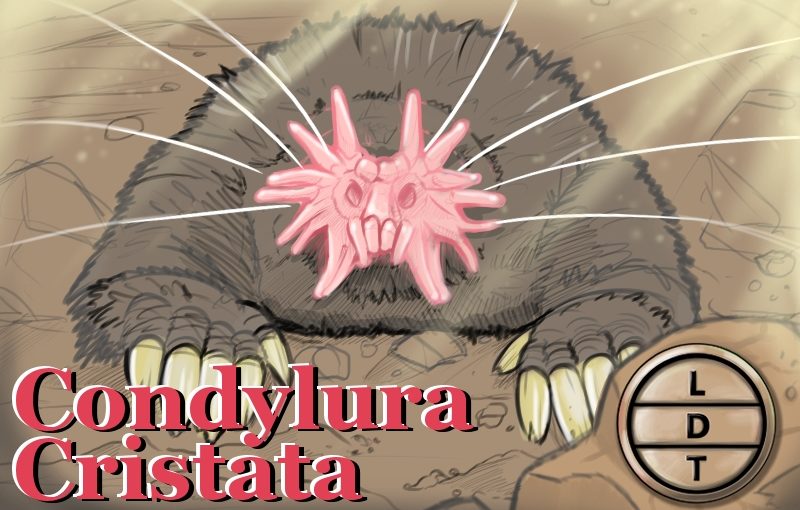“And today we are talking about a creature that could be a schnoz seismologist. But more on that later…”
Deep in the forests of Appalachia, a friendly earthworm makes its way to who knows where. When suddenly, a dark form approaches. If it had eyes, the earthworm would see a large furry creature coming toward it, pounding the soft earth with its nose. At the end of its snout sits a wriggling mass of writhing tentacles, as though the creature had abducted the earthworm’s brethren, and assimilated them into its nostrils. The worm desperately tries to flop away, but its face/butt accidentally brushes up against the amalgamation of pink tendrils. In an instant, your already dark world is consumed by…more darkness. Hmmm… shouldn’t have picked a worm. Should have gone with crickets. Everybody likes crickets…
Description
- The star nosed mole is a small mammal with brown or grey fur, a round body, and large front paws with long claws.
- Most notably, it has a pink, fleshy, hideous, nose with sea anemone-esque tendrils coming off of it.
- When I was a kid, I thought it’s nose was it’s whole face, because it’s dark eyes blend in with its fur.
- So I thought it was a terrible monster with a tiny face and huge hands.
Measure Up
Length – 4.6 inches – How many moles go into the length of a standard oblong city block in Manhattan? (900 ft, 274 m). Hint: City blocks can be square or oblong (rectangle). In Minneapolis, an average oblong block is 330 ft, or 100 meters. Answer: 2,348 moles
Eating Speed – Considered the fastest-eating mammal and can identify and consume food in 227 milliseconds on average.- How many things could a star-nose eat in the time it takes Usain Bolt to run 100m? (9.69s). Hint: Usain Bolt has scoliosis and his right leg is half an inch shorter than his left. Answer: 42.6 things
Where is it? What it do?
- This Hollywood Walk of Face can be found in northeastern north america as far north as Canada just below the arctic circle.
- It prefers wet lowlands, with soft soil and plenty of tasty insects, worms, mollusks, amphibians, and fish to feast upon.
- It focuses on constantly eating smaller prey in large quantities.
- Though they prefer areas near water, they can be found in dry meadows as well.
- It spends a lot of it’s time underwater, digging for ground grub.
- But it’s also an adept swimmer and it’s pretty good at finding food underwater, despite being almost completely blind.
- Moles have one litter of pups a year, in late spring.
- They may have a second litter if their first one wasn’t cool enough.
- Babies are born hairless, blind, deaf, and anosmic which is the equivalent word for someone who can’t smell.
- Though their lack of senses are because their orifices are sealed before opening 14 days after birth.
- Newborn pups are a gram and a half and about two inches long and make tasty snacks for the mole’s main predators which are foxes, weasels, minks, badgers, skunks, cats, and every bird of prey in the northeast.
- It stinks to be both small and delicious.
After the Fact
- The star-nosed mole’s incredibly sensitive nose may be promising to scientists.
- The mole’s ability to detect seismic waves may mean that it can potentially detect earthquakes and tremors early.
- If we learn to make instruments that mimic the mole’s nose, we might be able to get ahead of earthquakes.
- The mole also has specific molecules in it’s nose that are really good at turning touch singlans into electrical signals in the brain.
- Humans also have these molecules and a better understanding of them may lead to better treatments for pain.
- According to UNC Charlotte Urban Institute

